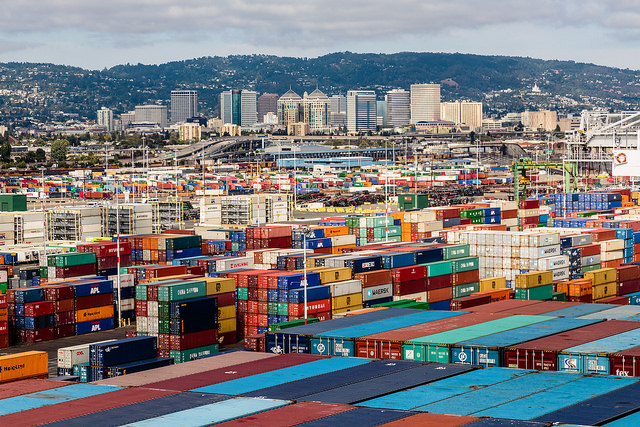
By Western Agricultural Processors Association
On Monday, January 3, the Port of Oakland announced an interagency effort to improve the flow of agricultural exports at the Port. The program involves the use of additional yard space and equipment, restored export ship calls and assistance to export users. The goal is to provide relief to agricultural exporters who are facing shortages of export capacity and skyrocketing logistics costs. The Port will open and operate a 25-acre off-terminal, paved container yard equipped to move containers off chassis and store them for rapid pick-up. The yard will provide access to equipment and provide faster truck turns without having to wait for in-terminal space. Agriculture exporters will be assisted by federal and state agricultural agencies to use the yard.
The situation was the catalyst for a convening of State and Port officials with farm producers and transportation executives to solve a year-old shipping crisis. At stake was the state’s multi-billion-dollar agriculture export industry. The meeting was led by Governor’s Office of Business and Economic Development Director Dee Dee Myers, State Transportation Agency Secretary David S. Kim and California Department of Food and Agriculture Secretary Karen Ross. Participants included seaport stakeholders within the broad and varied agricultural commodity sectors, freight forwarders, trucking and warehousing operators. The Association had two representatives from tree nut industry companies at the meeting to provide their expertise on the crisis. The meeting resulted in a list of potential solutions to unclog the supply chain for agriculture exports. The discussions have focused on short-term and long-term solutions to support American agricultural exporters. Long terms solutions include:
- Asset management including availability of containers and the chassis used to transport them over the road;
- Port and inland port operations, including off-dock container yards; and
Long-term supply chain strategies and increased investment in critical port infrastructure.








